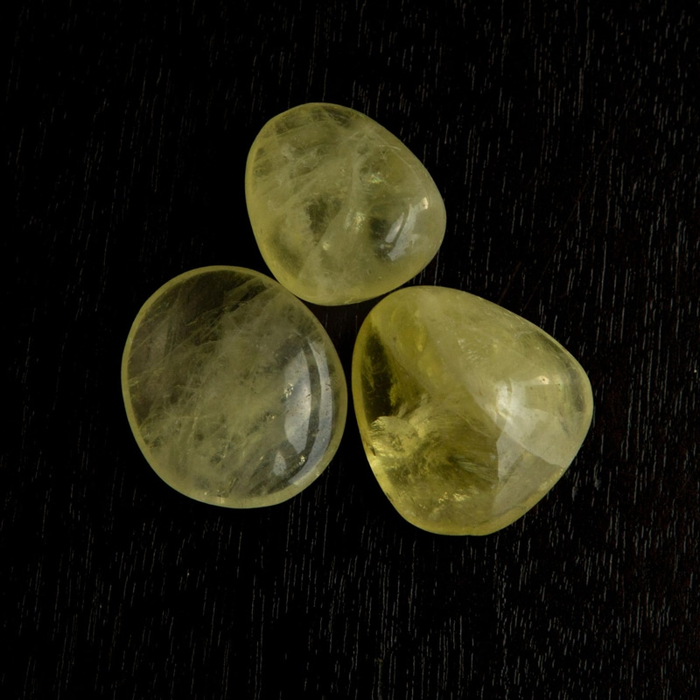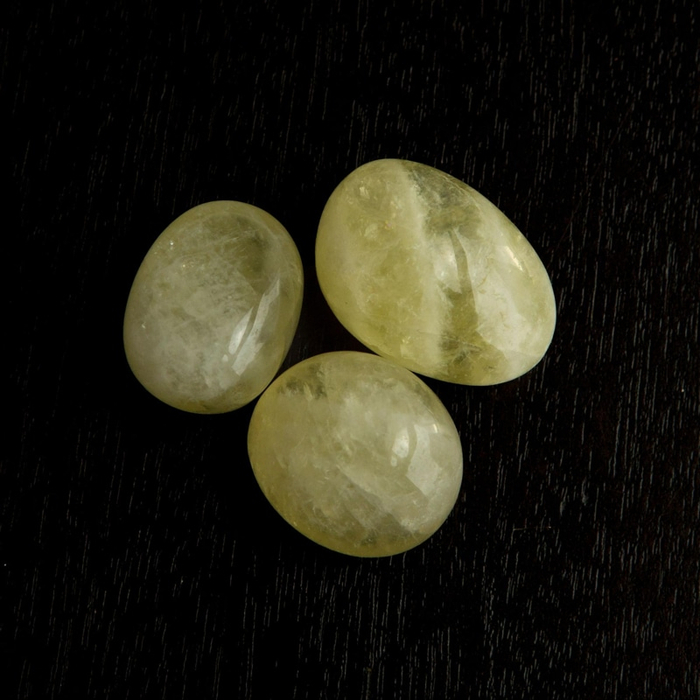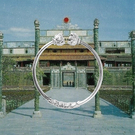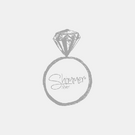The markings on gemstones have their own beauty, making each stone special. Let's join Shimmersliver to learn about the natural cracks in gemstones.
In the colorful and captivating world of natural gemstones, each stone is not just an ordinary gem, but also natural works of art with unmistakable characteristics. Sparkles, gemstone markings, and exotically printed strands - all create unique markings, making each stone special. Below are the natural cracks of gemstones. Let's find out with Shimmersliver to avoid buying fake goods.
What are gemstones ?
Gemstones are products crystallized in the ground. After thousands of years of transformation, each stone will possess its own and unique beauty. However, what all gemstones in the world have in common is that they all have some small defects.
⭐️ The unique imprints of natural gemstones
Below are three unique signatures of natural gemstones. Stones created using industrial processes will never have these marks.
Ice cracking

Ice cracking is a common phenomenon, occurring in most gemstones, including those of high and mid-range value. Typical types are: Tourmaline stone (Rainbow stone), Jasper stone, Garnet stone (Garnet stone), Topaz stone, Peridot stone, Aquamarine stone, Quartz stone (pink, purple)...
So what are ice cracks in gemstones? Gemstones must spend a long time "nurturing" underground, enduring all natural impacts such as earthquakes, rain, sun, wind, storms... so crystal lines form inside the stone. The small flowers look like ice cracks. The interesting thing is that when we touch the crystal surface, we cannot feel this separation.
Although with the naked eye we can clearly see ice cracks on the stone surface, however to the touch, the stone surface is still smooth, smooth and shiny.
Ice cracking is a common phenomenon, occurring in most gemstones, including those of high and mid-range value. Typical types are: Tourmaline stone, Jasper stone, Garnet stone, Topaz stone, Peridot stone, Aquamarine stone, Quartz stone (pink, purple)...
So what are ice cracks in gemstones? Gemstones must spend a long time "nurturing" underground, enduring all natural impacts such as earthquakes, rain, sun, wind, storms... so crystal lines form inside the stone. The small flowers look like ice cracks. The interesting thing is that when we touch the crystal surface, we cannot feel this separation.
Although with the naked eye we can clearly see ice cracks on the stone surface, however to the touch, the stone surface is still smooth, smooth and shiny.
Dents
Gemstones have natural indentations due to missing crystals in the connecting crystal lattice. If dents appear on the surface, polishing the gem can remove the imperfection. However, if the missing crystal is deep or in the middle of the stone, accept that the dent cannot be repaired.
Industrially produced stone never has these natural dents. So, if you own a piece of jewelry with a gemstone and the gemstone has a slight flaw, consider it a sign of good luck. That proves that the stone you own is real.
The dent phenomenon often occurs with quartz (especially blonde quartz), Tiger's Eye, Garnet, Tourmaline...
Gemstones have natural indentations due to missing crystals in the connecting crystal lattice. If dents appear on the surface, polishing the gem can remove the imperfection. However, if the missing crystal is deep or in the middle of the stone, accept that the dent cannot be repaired.
Industrially produced stone never has these natural dents. So, if you own a piece of jewelry with a gemstone and the gemstone has a slight flaw, consider it a sign of good luck. That proves that the stone you own is real.
The dent phenomenon often occurs with quartz (especially blonde quartz), Tiger's Eye, Garnet, Tourmaline...
Cloud lines

If you pick up a stone and see foggy lines inside it, that is the gemstone's opaqueness.
The phenomenon of cloudy veins often occurs with Tourmaline and the vast majority of quartz variations such as amethyst, rose quartz, white quartz, especially blond quartz... In golden rutilated quartz, the hairs, Minerals and cloud veins are closely linked to each other and form a complex structure
If those two defects, cracks and dents caused by ice, cannot be removed and reduced over time, then the chisel on the gemstone will fade over time with use. And is calculated in years.
Conclude
The natural fracture marks of gemstones, like memory marks on the stone surface, add value and meaning to each natural work of art. At the same time, it increases the ownership value of the stone. A little unsightly mark is sometimes the unique mark of a natural gemstone - something you wish to own.

.png)


.jpg)


